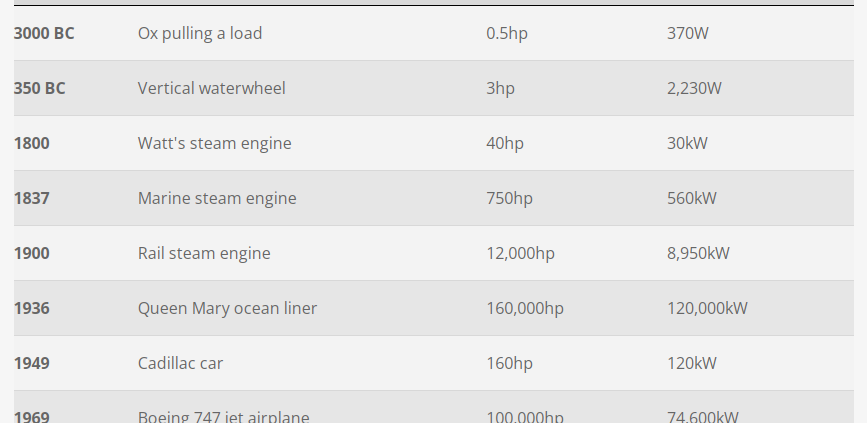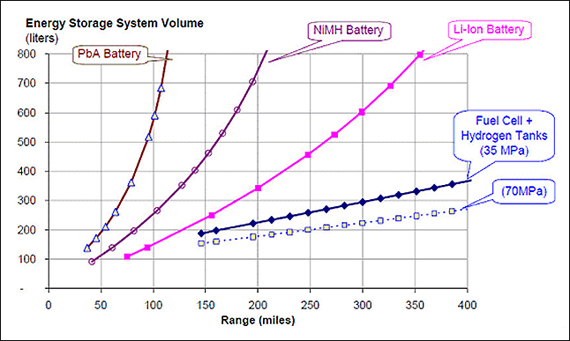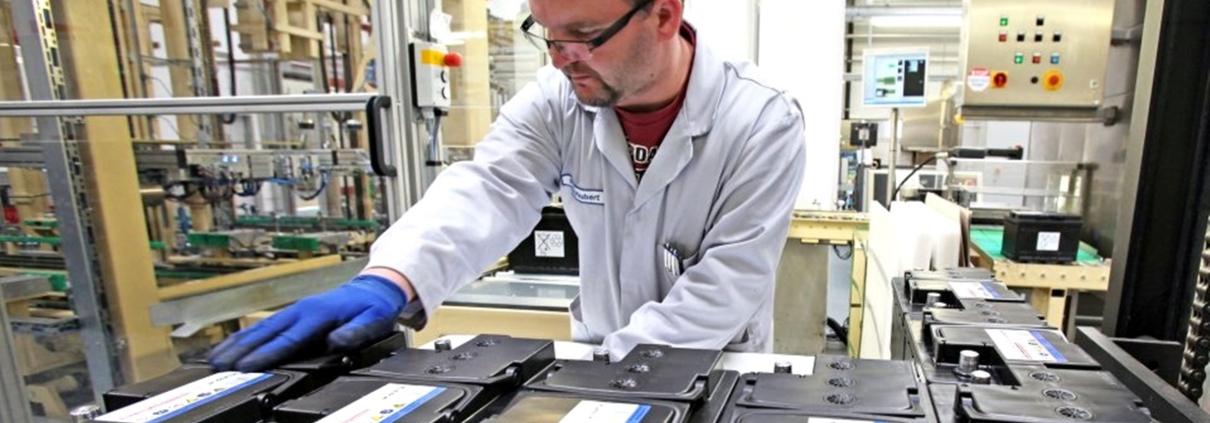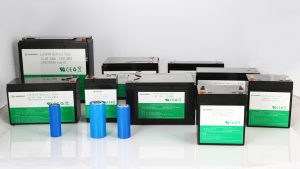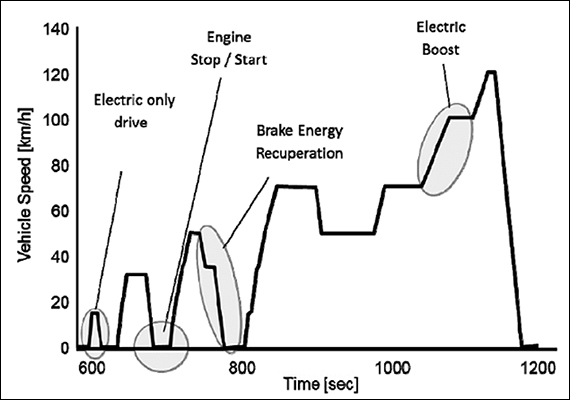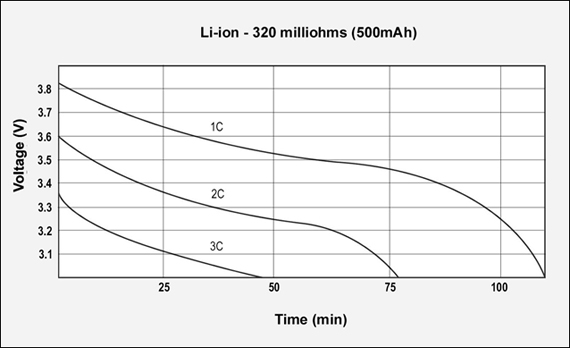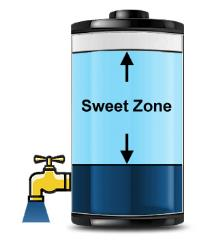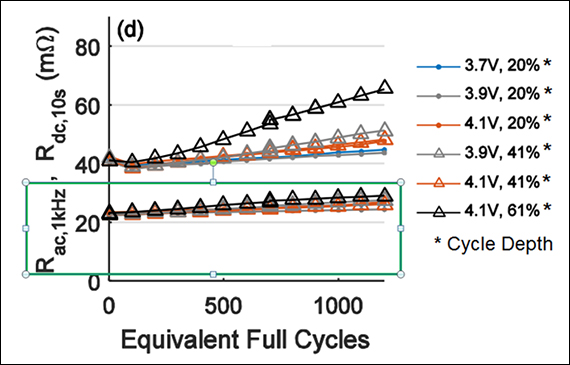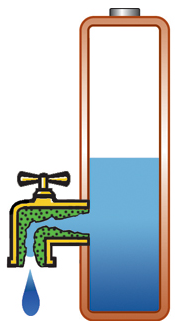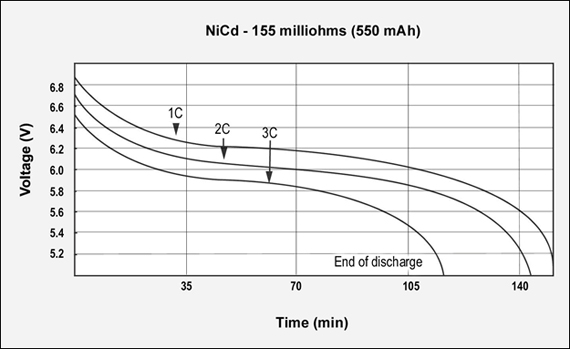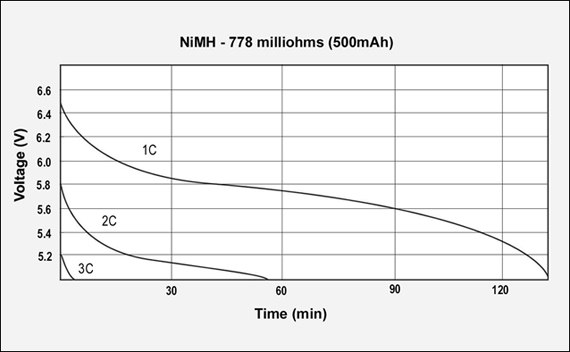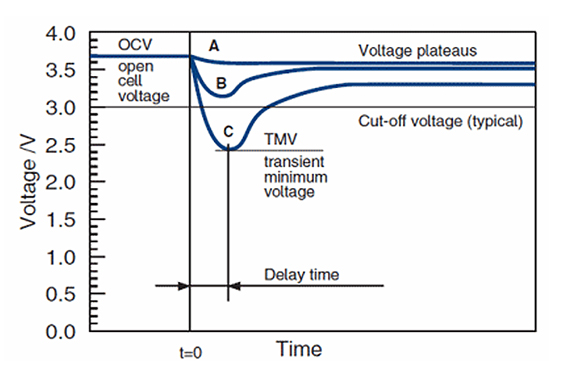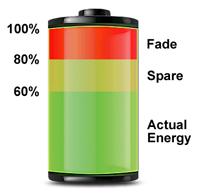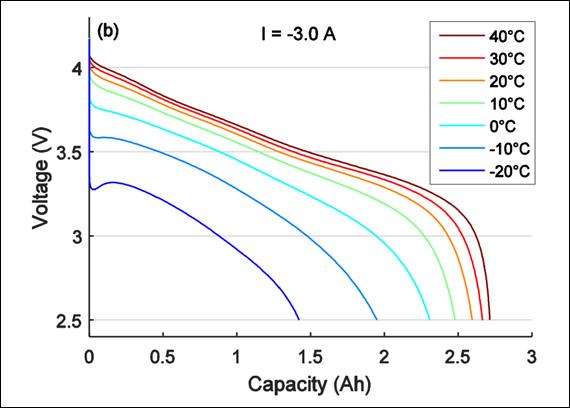Compare battery energy with fossil fuel and other resources
Lifting off in a large airplane is exhilarating. At a full weight of almost 400 tons, the Boeing 747 requires 90 megawatts of power to get airborne. Take-off is the most demanding part of a flight and when reaching cruising altitude the power consumption decreases to roughly half.
Powerful engines were also used to propel the mighty Queen Mary that was launched in 1934. The 81,000-ton ocean liner measuring 300 meters (1,000ft) in length was powered by four steam turbines producing a total power of 160,000hp (120 megawatts). The ship carried 3,000 people and traveled at a speed of 28.5 knots (52km/h). Queen Mary is now a museum in Long Beach, California.
Table 1 illustrates man’s inventiveness in the quest for power by comparing an ox of prehistoric times with newer energy sources made available during the Industrial Revolution to today’s super engines, with seemingly unlimited power.
| SINCE | TYPE OF POWER SOURCE | GENERATED POWER | |
|---|---|---|---|
| 3000 BC | Ox pulling a load | 0.5hp | 370W |
| 350 BC | Vertical waterwheel | 3hp | 2,230W |
| 1800 | Watt’s steam engine | 40hp | 30kW |
| 1837 | Marine steam engine | 750hp | 560kW |
| 1900 | Rail steam engine | 12,000hp | 8,950kW |
| 1936 | Queen Mary ocean liner | 160,000hp | 120,000kW |
| 1949 | Cadillac car | 160hp | 120kW |
| 1969 | Boeing 747 jet airplane | 100,000hp | 74,600kW |
| 1974 | Nuclear power plant | 1,520,000hp | 1,133,000kW |
Table 1: Ancient and modern power sources
Large propulsion systems are only feasible with the internal combustion engines (ICE), and fossil fuel serves as a cheap and plentiful energy resource. Low energy-to-weight ratio in terms of net calorific value (NCV) puts the battery against the mighty ICE like David and Goliath. The battery is the weaker vessel and is sensitive to extreme heat and cold; it also has a relatively short life span.
While fossil fuel delivers an NCV of 12,000Wh/kg, Li-ion provides only between 70Wh/kg and 260Wh/kg depending on chemistry; less with most other systems. Even at a low efficiency of about 30 percent, the ICE outperforms the best battery in terms of energy-to-weight ratio. The battery capacity would need to increase 20-fold before it could compete head-to-head with fossil fuel.
Another limitation of battery propulsion over fossil fuel is fuel by weight. While the weight diminishes when being consumed, the battery carries the same deadweight whether fully charged or empty. This puts limitations on EV driving distance and would make the electric airplane impractical. Furthermore, the ICE delivers full power at freezing temperatures, runs in hot climates, and continues to perform well with advancing age. This is not the case with a battery as each subsequent discharge delivers slightly less energy than the previous cycle.
Power from Primary Batteries
Energy from a non-rechargeable battery is one of the most expensive forms of electrical supply in terms of cost per kilowatt-hours (kWh). Primary batteries are used for low-power applications such as wristwatches, remote controls, electric keys and children’s toys. Military in combat, light beacons and remote repeater stations also use primaries because charging is not practical. Table 2 estimates the capability and cost per kWh of primary batteries.
| AAA CELL | AA CELL | C CELL | D CELL | 9 VOLT | |
|---|---|---|---|---|---|
| Capacity (alkaline) | 1,150mAh | 2,850mAh | 7,800mAh | 17,000mAh | 570mAh |
| Energy (single cell) | 1.725Wh | 4.275Wh | 11.7Wh | 25.5Wh | 5.13Wh |
| Cost per cell (US$) | $1.00 | $0.75 | $2.00 | $2.00 | $3.00 |
| Cost per kWh (US$) | $580 | $175 | $170 | $78 | $585 |
Table 2: Capacity and cost comparison of primary alkaline cells. One-time use makes energy stored in primary batteries expensive; cost decreases with larger battery size.
Power from Secondary Batteries
Electric energy from rechargeable batteries is more economical than with primaries, however, the cost per kWh is not complete without examining the total cost of ownership. This includes cost per cycle, longevity, eventual replacement and disposal. Table 3 compares Lead acid, NiCd, NiMH and Li-ion.
| LEAD ACID | NICD | NIMH | LI ION | |
|---|---|---|---|---|
| Specific energy (Wh/kg) | 30–50 | 45–80 | 60–120 | 100–250 |
| Cycle life | Moderate | High | High | High |
| Temperature performance | Low when cold | -50°C to 70°C | Reduced when cold | Low when cold |
| Applications | UPS with infrequent discharges | Rugged, high/low temperature | HEV, UPS with frequent discharges | EV, UPS with frequent discharges |
| Cost per kWh ($US) Load leveling, powertrain |
$100-200 | $300-600 | $300-600 | $300–1,000 |
Table 3: Energy and cost comparison of rechargeable batteries. Although Li-ion is more expensive than Lead acid, the cycle cost may be less. NiCd operates at extreme temperatures, has the best cycle life and accepts ultra-fast charge with little stress.
Power from Other Sources
To reduce the fossil fuel consumption and to lower emissions, governments and the private sector are studying alternate energy sources. Table 4 compares the cost to generate 1kW of power that includes initial investment, fuel consumption, maintenance and eventual replacement.
| Fuel type | Equipment to generate 1kW |
Life span | Cost of fuel per kWh |
Total cost per kWh |
| Li-ion Powertrain |
$500/kW (20kW battery costing $10,000) |
2,500h (repl. cost $0.40/kW) | $0.20 | $0.60 ($0.40 + $0.20) |
| ICE in vehicle | $30/kW ($3,000/100kW) |
4,000h (repl. cost $0.01/kW) | $0.33 | $0.34 ($0.33 + $0.01) |
| Fuel cell – portable – mobile – stationary |
$3,000–7,500 | 2,000h 4,000h 40,000h |
$0.35 -> -> -> |
$1.85 – 4.10 $1.10 – 2.25 $0.45 – 0.55 |
| Solar cell | $12,000, 5kW system | 25 years | $0 | ~$0.10* |
| Electricity electric grid |
All inclusive | All inclusive | $0.20 (average) |
$0.20 |
Table 4: Cost of generating 1kW of energy. Estimations include the initial investment, fuel consumption, maintenance and replacement of the equipment. Grid electricity is lowest.
* Amortization of investment yielding 200 days of 5h/day sun; declining output with age not included.
Power from the electrical utility grid is most cost-effective. Consumers pay between $0.06 and $0.40US per kWh, delivered with no added maintenance cost or the need to replace aging power-generating machinery; the supply is continuous. (The typical daily energy consumption per household in the West is 25kW.)
The supply of cheap electricity changes when energy must be stored in a battery, as is the case with a solar system that is backed up by a battery and in the electric powertrain. High battery cost and a relatively short life can double the electrical cost if supplied by a battery. Gasoline (and equivalent) is the most economical solution for mobility.
The fuel cell is most effective in converting fuel to electricity, but high equipment costs make this power source expensive in terms of cost per kWh. In virtually all applications, power from the fuel cell is considerably more expensive than from conventional methods.
Our bodies also consume energy, and an active man requires 3,500 calories per day to stay fit. This relates to roughly 4,000 watts in a 24-hour day (1 food Calorie* = 1.16 watt-hour). Walking propels a person about 40km (25 miles) per day, and a bicycle increases the distance by a factor of four to 160km (100 miles). Eating two potatoes and a sausage for lunch propels a bicyclist for the afternoon, covering 60km (37 miles, a past-time activity I often do. Not all energy goes to the muscles alone; the brain consumes about 20 percent of our intake. The human body is amazingly efficient in converting food to energy; one would think that the potato and sausage lunch could hardly keep a laptop going for that long. Table 5 provides the stored energies of calories, proteins and fat in watt-hours and joules.

